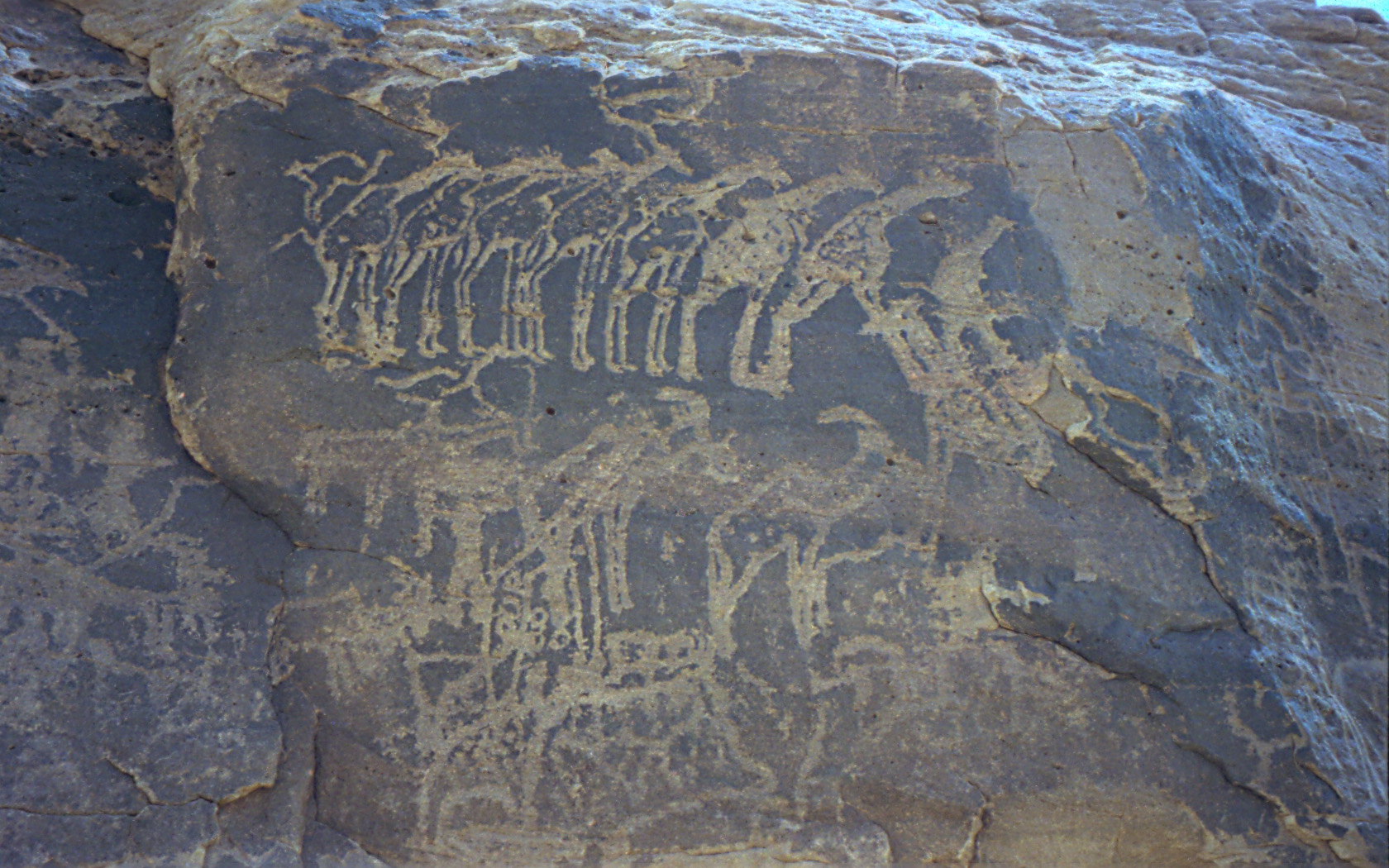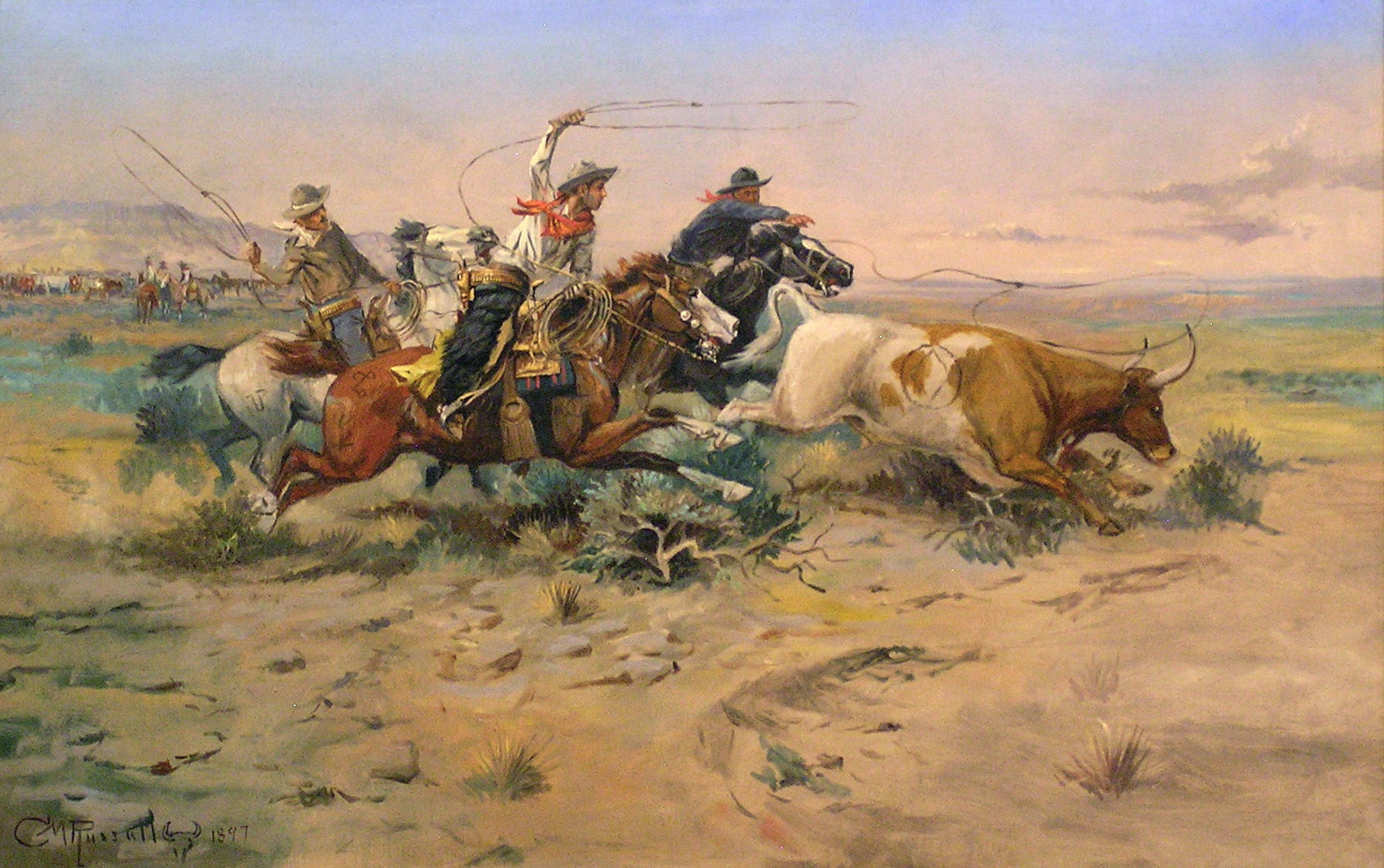|
Le Retour D'un Aventurier
''Le Retour d'un aventurier '' is a 1966 pop art film. In this African-style Western, director Moustapha Alassane delves into African mimicry. Synopsis A man returns home to his village with Western cowboy duds, and forms a gang A gang is a social group, group or secret society, society of associates, friends, or members of a family with a defined leadership and internal organization that identifies with or claims control over Wiktionary:territory#Noun, territory in a ... with his old buddies. Getting into their role, the black cowboys spread panic throughout the village with brawls and robberies. External links * * 1966 films Nigerien drama films 1966 Western (genre) films {{Niger-film-stub ... [...More Info...] [...Related Items...] OR: [Wikipedia] [Google] [Baidu] |
Moustapha Alassane
Moustapha Alassane (1942–17 March 2015) was a Nigerien filmmaker. Biography Born in 1942 in N’Dougou (Niger), Moustapha Alassane graduated in mechanics. However, in the Rouch IRSH in Niamey he learned the cinematographic technique and thereafter became one of its main proponents. Jean Rouch provided for Alassane's education and accommodation in Canada, where he met the famous Norman McLaren, who taught him about animation. He was the creator of the first animated films of the sub-Saharan Africa, also directing documentaries and fiction films. He was Head of Cinema Department at the Niamey University for 15 years. Moustapha Alassane directed, in 1962, two shorts inspired in traditional tales: ''Aoure'' and ''La Bague du roi Koda''. Representing African culture (e.g. in ''Deela ou el Barka le conteur'', 1969 and ''Shaki'', 1973), Alassane also employed moral satire (''F.V.V.A., femme, villa, voiture, argent'', 1972), denouncing the thirst for power for “new wealth” in Afr ... [...More Info...] [...Related Items...] OR: [Wikipedia] [Google] [Baidu] |
Zalika Souley
Zalika Souley (7 October 1947 – 27 July 2021) was a Nigerien actress, the first sub-Saharan movie actress, and one of the pioneering actresses of African cinema. Life Aged 19, Zalika played the lead female role in Moustapha Alassane's 1966 film ''Le Retour d'un aventurier''. Most of her later work was for Oumarou Ganda: '' Cabascabo'' (1968), ''Le Wazzou polygame'' (1971), ''Saïtane'' (1972) and ''L'Exilé'' (1980). She also acted in Moustapha Alassane's ''Women Cars Villas Money'' (1972), in Yeo Kozoloa's '' Petanqui'' (1983) and Djingarey Maïga's ''Aube noire'' (1983). Zalika enjoyed the trappings of wealth and fame, achieving notoriety for public behaviour then considered provocative, such as dressing in trousers. Yaba BadoeWomen at Ouagadougou: Yaba Badoe talks to three women directors at this year's Fespaco ''Feminist Africa'', Issue 4, 2005. However, the Nigerien film industry declined from the 1980s onwards. Rahmatou Keïta's 2004 documentary ''Al'lessi... An Af ... [...More Info...] [...Related Items...] OR: [Wikipedia] [Google] [Baidu] |
Djingarey Maïga
Djingarey Alhassane Maïga (born 17 October 1939), is a Mali-born Nigerien film director and actor. He is best known for the animation works such as ''Black Barbie''. He is also worked as a photographer, assistant director, assistant, camera operator. Personal life He was born on 17 October 1939 in Ouatagouna, Mali. After completing education, Maïga moved to Niamey, Niger. Career After moving to Niger, he worked as an electricity reader for the energy company "SAFELEC", which later became Compagnie Nigérienne d'Electricité (NIGELEC). In early 1960s, his passion towards cinema arose during the pioneering days of Nigerien film. In 1966, he got the opportunity to play the leading role in the western film ''Le retour d'un aventurier'' directed by Moustapha Alassane. After that, Maïga acted in many of Alassane's feature films such as ''FVVA: Femme'', ''Voiture'', ''Villa'', ''Argent'' (1972). When the films became popular, Maïga quit from his job at "SAFELEC" in 1971. Then he w ... [...More Info...] [...Related Items...] OR: [Wikipedia] [Google] [Baidu] |
Niger
Niger, officially the Republic of the Niger, is a landlocked country in West Africa. It is a unitary state Geography of Niger#Political geography, bordered by Libya to the Libya–Niger border, north-east, Chad to the Chad–Niger border, east, Nigeria to the Niger–Nigeria border, south, Benin and Burkina Faso to the Benin-Niger border, south-west, Mali to the Mali–Niger border, west, and Algeria to the Algeria–Niger border, north-west. It covers a land area of almost , making it the largest landlocked country in West Africa and the second-largest landlocked nation in Africa behind Chad. Over 80% of its land area lies in the Sahara. Its Islam in Niger, predominantly Muslim population of about million lives mostly in clusters in the south and west of the country. The capital Niamey is located in Niger's south-west corner along the namesake Niger River. Following the spread of Islam to the region, Niger was on the fringes of some states, including the Kanem–Bornu Empire ... [...More Info...] [...Related Items...] OR: [Wikipedia] [Google] [Baidu] |
Movie
A film, also known as a movie or motion picture, is a work of visual art that simulates experiences and otherwise communicates ideas, stories, perceptions, emotions, or atmosphere through the use of moving images that are generally, since the 1930s, synchronized with sound and (less commonly) other sensory stimulations. Etymology and alternative terms The name "film" originally referred to the thin layer of photochemical emulsion on the celluloid strip that used to be the actual medium for recording and displaying motion pictures. Many other terms exist for an individual motion-picture, including "picture", "picture show", "moving picture", "photoplay", and "flick". The most common term in the United States is "movie", while in Europe, "film" is preferred. Archaic terms include "animated pictures" and "animated photography". "Flick" is, in general a slang term, first recorded in 1926. It originates in the verb flicker, owing to the flickering appearance of early films ... [...More Info...] [...Related Items...] OR: [Wikipedia] [Google] [Baidu] |
Film Director
A film director or filmmaker is a person who controls a film's artistic and dramatic aspects and visualizes the screenplay (or script) while guiding the film crew and actors in the fulfillment of that Goal, vision. The director has a key role in choosing the Casting (performing arts), cast members, production design and all the creative aspects of filmmaking in cooperation with the Film producer, producer. The film director gives direction to the cast and crew and creates an overall vision through which a film eventually becomes realized or noticed. Directors need to be able to mediate differences in creative visions and stay within the budget. There are many pathways to becoming a film director. Some film directors started as screenwriters, cinematographers, Film producer, producers, Film editing, film editors or actors. Other film directors have attended film school. Directors use different approaches. Some Outline (list), outline a general plotline and let the actors impro ... [...More Info...] [...Related Items...] OR: [Wikipedia] [Google] [Baidu] |
African People
The population of Africa has grown rapidly over the past century and consequently shows a large youth bulge, further reinforced by increasing life expectancy in most African countries. Total population as of 2024 is about 1.5 billion, with a growth rate of about 100 million every three years. The total fertility rate (births per woman) for Africa is 4.1 as of 2024, the highest in the world. The most populous African country is Nigeria with over 206 million inhabitants as of 2020 and a growth rate of 2.6% p.a. The least populous African country is Seychelles with about 130,000 inhabitants. Population Genetics History Alternative Estimates of African Population, 0–2018 AD (in thousands) Source: Maddison and others. (University of Groningen). Shares of Africa and World Population, 0–2020 AD (% of world total) Source: Maddison and others (University of Groningen) and others. Vital Statistics 1950– Registration of vital events in most of Africa is incomplete. ... [...More Info...] [...Related Items...] OR: [Wikipedia] [Google] [Baidu] |
Mimicry
In evolutionary biology, mimicry is an evolved resemblance between an organism and another object, often an organism of another species. Mimicry may evolve between different species, or between individuals of the same species. In the simplest case, as in Batesian mimicry, a mimic resembles a model, so as to deceive a dupe, all three being of different species. A Batesian mimic, such as a hoverfly, is harmless, while its model, such as a wasp, is harmful, and is avoided by the dupe, such as an insect-eating bird. Birds hunt by sight, so the mimicry in that case is visual, but in other cases mimicry may make use of any of the senses. Most types of mimicry, including Batesian, are deceptive, as the mimics are not harmful, but Müllerian mimicry, where different harmful species resemble each other, is Honest signal, honest, as when species of wasps and of bees all have genuinely Aposematism, aposematic warning coloration. More complex types may be bipolar, involving only two speci ... [...More Info...] [...Related Items...] OR: [Wikipedia] [Google] [Baidu] |
Cowboy
A cowboy is an animal herder who tends cattle on ranches in North America, traditionally on horseback, and often performs a multitude of other ranch-related tasks. The historic American cowboy of the late 19th century arose from the ''vaquero'' traditions of northern Mexico and became a figure of special significance and legend.Malone, J., p. 1. A subtype, called a Wrangler (profession), wrangler, specifically tends the horses used to work cattle. In addition to ranch work, some cowboys work for or participate in rodeos. Cowgirls, first defined as such in the late 19th century, had a less-well documented historical role, but in the modern world work at identical tasks and have obtained considerable respect for their achievements. Cattle handlers in many other parts of the world, particularly South America and Australia, perform work similar to the cowboy. The cowboy has deep historic roots tracing back to Spain and the earliest European Settlement of the Americas, settlers of th ... [...More Info...] [...Related Items...] OR: [Wikipedia] [Google] [Baidu] |
Gang (group)
A gang is a social group, group or secret society, society of associates, friends, or members of a family with a defined leadership and internal organization that identifies with or claims control over Wiktionary:territory#Noun, territory in a community and engages, either individually or group behavior, collectively, in Crime, illegal, and possibly Violence, violent, behavior, with such behavior often constituting a form of organized crime. Etymology The word ''gang'' derives from the past participle of Old English , meaning . It is cognate with Old Norse , meaning . While the term often refers specifically to criminal groups, it also has a broader meaning of any close or organized group of people, and may have neutral, positive or negative connotations depending on usage. History In discussing the banditry in American history, Barrington Moore, Jr. suggests that gangsterism as a "form of self-help which victimizes others" may appear in societies which lack strong "forces o ... [...More Info...] [...Related Items...] OR: [Wikipedia] [Google] [Baidu] |
Black Cowboys
Black cowboys in the American West accounted for up to an estimated 25% of Cowboy, cowboys "who went up the trail" to participate in Cattle drives in the United States, cattle drives from the 1860s to 1880s, estimated to be at least 5,000 individuals. They were also part of the rest of the Ranch, ranching industry in the West. Typically former Slavery in the United States, slaves or born into the families of former slaves, many African American men had skills in cattle handling and headed West at the end of the American Civil War, Civil War. Compared to other industries of the time, Black men in the cattle industry were able to hold a range of responsibilities and get paid relatively equally to White men, although Racism in the United States, racial discrimination persisted. Black cowboys participated in the rodeo competitions that grew out of the cattle industry starting in the 1870s, but since they faced discrimination in most White-sponsored shows, many organized their own sh ... [...More Info...] [...Related Items...] OR: [Wikipedia] [Google] [Baidu] |






